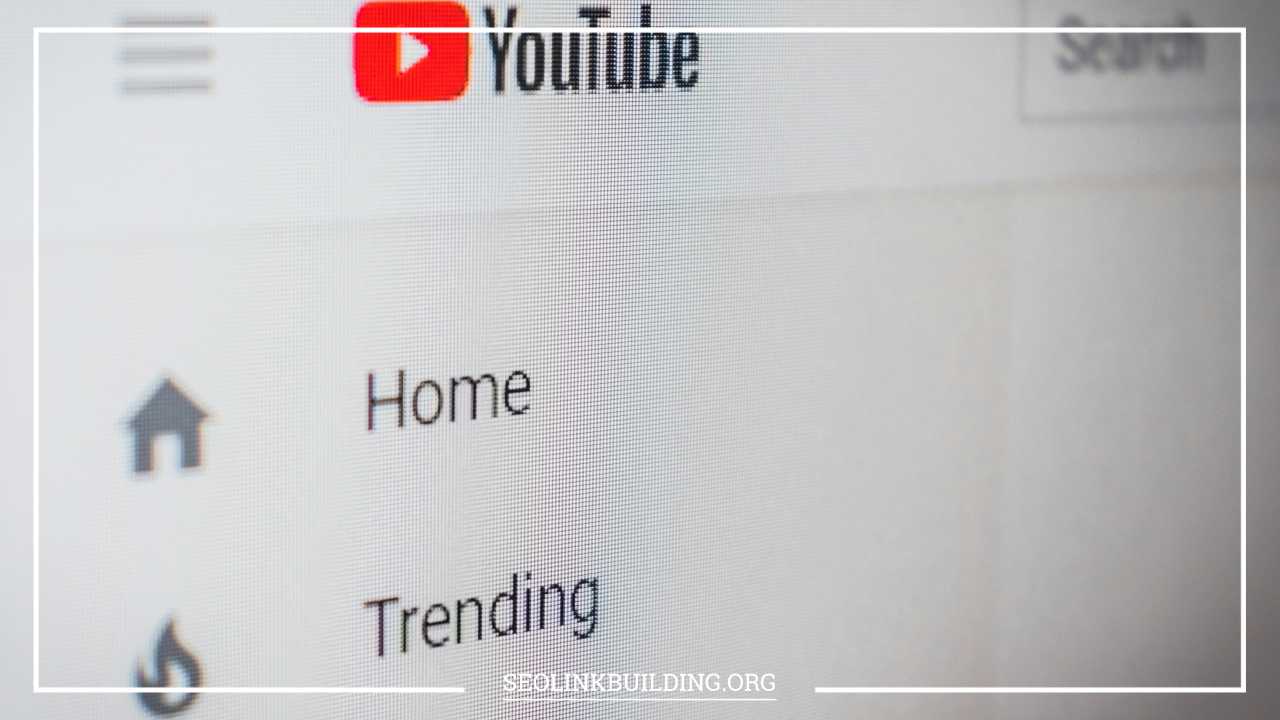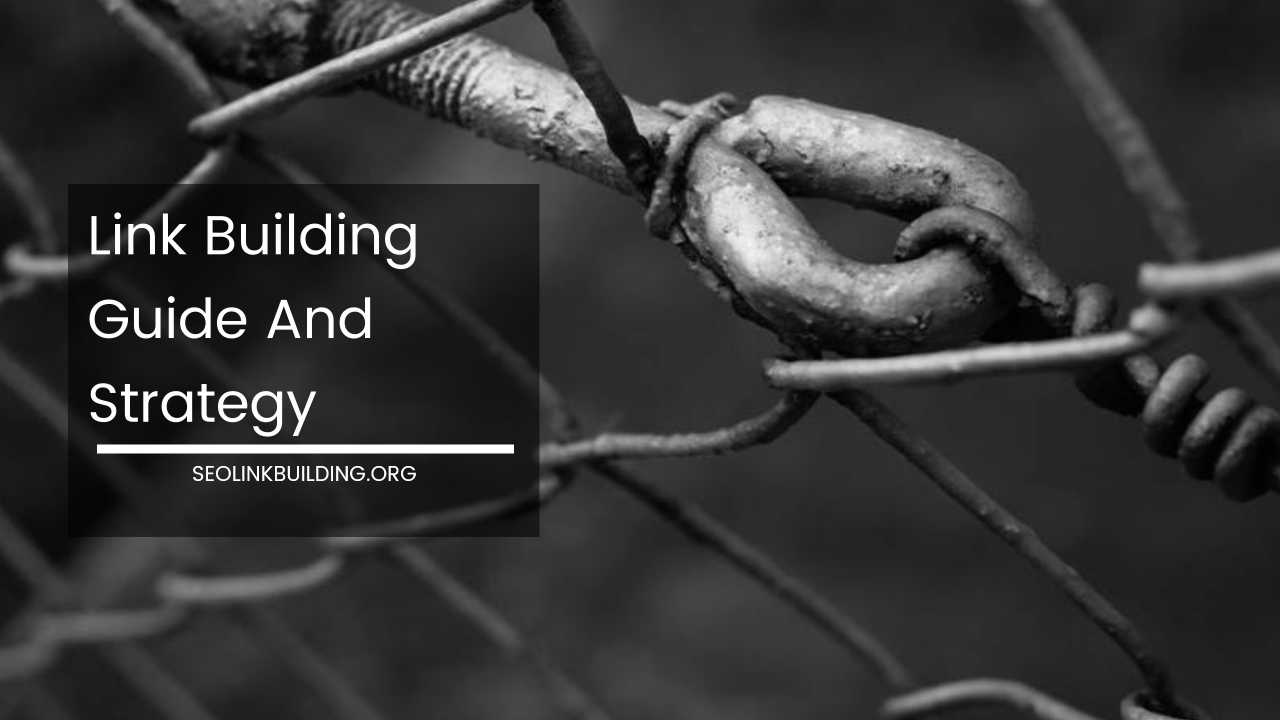What are YouTube Tags and Which Ones Should You Add?

YouTube Tags
YouTube Tags: A Comprehensive Guide
YouTube tags are a fundamental part of optimizing your content on the platform. They play a crucial role in ensuring your videos reach the right audience and perform well in YouTube’s search and recommendation algorithms.
This comprehensive guide will explore everything you need to know about YouTube tags, including their importance, how to choose them effectively, best practices, and common mistakes to avoid.
What Are YouTube Tags?
YouTube tags are keywords or phrases that you add to your videos when uploading or editing them. They help YouTube’s algorithm understand the content of your video by associating it with relevant topics and themes.
This association allows YouTube to categorize your video correctly and suggest it to viewers who are likely to be interested.
In essence, tags act as a form of metadata, providing context about your video. Think of them as digital signposts guiding YouTube’s algorithm to the right audience.
By using tags effectively, you can improve your video’s discoverability, increase viewer engagement, and enhance your overall channel performance.
Why Are YouTube Tags Important?
- Enhanced Discoverability:Tags are essential for improving your video’s visibility in search results. When users type a query into YouTube’s search bar, the platform uses tags to determine which videos are relevant to that query. Properly chosen tags ensure that your videos appear in these search results, making it easier for potential viewers to find your content.
- Targeted Audience Reach:By using relevant and specific tags, you can attract viewers who are genuinely interested in your content. Tags help YouTube match your videos with users’ interests and viewing habits, leading to higher engagement rates and a more targeted audience.
- Improved Video Recommendations:YouTube’s recommendation algorithm relies on tags to suggest videos to users who have watched similar content. If your tags align with the interests of users who enjoy certain types of videos, YouTube is more likely to recommend your content to them, increasing your video’s reach and potential for virality.
- SEO Benefits:Although YouTube tags are not as directly influential as on-page SEO for websites, they still play a role in your video’s overall search visibility. Tags contribute to the video’s metadata, helping YouTube’s algorithm understand its context and relevance. This, in turn, can enhance your video’s performance in both YouTube and Google search results.
How to Choose the Right YouTube Tags
Choosing the right tags for your videos requires careful consideration and strategic planning. Here are some steps to help you select the most effective tags:
- Keyword Research:
- YouTube Search Suggestions:One of the simplest methods for finding relevant tags is to use YouTube’s search bar. Start by typing a keyword related to your video into the search bar. YouTube will display a list of suggested search terms based on popular queries. These suggestions can provide valuable insights into what viewers are searching for and help you identify relevant tags.
- Google Keyword Planner:Google Keyword Planner is a tool primarily used for Google Ads, but it can also offer valuable keyword ideas for YouTube. By entering keywords related to your video’s topic, you can obtain a list of related search terms, their search volume, and competition levels. This information can guide you in selecting effective tags for your YouTube videos.
- TubeBuddy and VidIQ:TubeBuddy and VidIQ are browser extensions designed specifically for YouTube creators. They offer advanced keyword research tools, including tag suggestions, search volume data, and competition analysis. These tools can help you identify high-performing tags and optimize your tag strategy for better results.
- Analyze Competitors:Analyzing the tags used by successful channels in your niche can provide valuable insights and inspiration. Look at the tags employed by top-performing videos and channels in your category. Identify common themes, phrases, and keywords that they use, and consider incorporating similar tags into your own videos.Additionally, examine the performance of these videos to understand which tags are driving traffic and engagement. This analysis can help you refine your tag strategy and stay competitive in your niche.
- Focus on Relevance:The relevance of your tags is crucial for ensuring that your video reaches the right audience. Tags should accurately reflect the content and context of your video. Avoid using tags that are unrelated or misleading, as this can negatively impact your video’s ranking and viewer experience.For example, if your video is about baking a chocolate cake, using tags like “baking,” “chocolate cake,” and “cake recipes” would be relevant. However, tags like “fashion” or “travel” would be irrelevant and could lead to a mismatch between your content and the viewers’ interests.
- Use a Mix of Broad and Specific Tags:
- Broad Tags:Broad tags are general terms that provide context for your video. They are useful for reaching a wider audience and establishing the general category of your content. For example, if you create a video about cooking, broad tags like “cooking,” “food,” and “recipes” would be appropriate.
- Specific Tags:Specific tags are more detailed and target a niche audience. They help you reach viewers with specific interests related to your video. For instance, if your video is about making a vegan chocolate cake, specific tags like “vegan chocolate cake recipe,” “plant-based dessert,” and “vegan baking” would be more effective.
Combining both broad and specific tags allows you to cover a range of potential search queries and attract a diverse audience.
- Consider Length:While there is no strict limit on the length of YouTube tags, it is generally recommended to keep them concise. Aim for tags that are typically 2-3 words long. This length helps maintain clarity and relevance, making it easier for YouTube’s algorithm to understand and categorize your content.Long, complex tags may be less effective and can potentially dilute the focus of your tagging strategy. Instead, focus on using clear and straightforward tags that accurately describe your video’s content.
Best Practices for YouTube Tags
To maximize the effectiveness of your YouTube tags, follow these best practices:
- Tag Your Video’s Title:Including your primary keyword in your video’s title can enhance visibility and relevance. The title is one of the most important elements for both search and recommendation algorithms, so aligning your tags with your title can improve your video’s chances of being discovered.
- Use Relevant Hashtags:While hashtags are not as crucial as tags, they can still contribute to your video’s reach. Incorporate relevant hashtags in your video description to help users find your content through hashtag searches. Use hashtags that are directly related to your video’s topic and audience.
- Avoid Overstuffing:Quality over quantity is key when it comes to YouTube tags. Avoid overloading your video with excessive tags. Focus on selecting a manageable number of high-quality, relevant tags that accurately represent your content. Overstuffing can lead to keyword dilution and negatively impact your video’s ranking.
- Update Tags Regularly:Keeping your tags up-to-date is essential for maintaining relevance. If the content of your video changes or you discover new keywords that are more effective, update your tags accordingly. Regular updates help ensure that your video remains relevant and discoverable over time.
- Monitor Performance:Track the performance of your videos and analyze how different tags are impacting their visibility and engagement. Use YouTube Analytics to gather data on views, watch time, and audience demographics. Adjust your tags based on this data to continually optimize your tagging strategy and improve results.
Common Mistakes to Avoid
To ensure the effectiveness of your YouTube tags, avoid these common mistakes:
- Using Irrelevant Tags:Tags should be directly related to your video’s content. Using irrelevant or misleading tags can harm your video’s ranking and viewer experience. Focus on tags that accurately represent the topic and theme of your video.
- Overusing Keywords:Keyword stuffing, or overusing keywords, can negatively impact your video’s ranking and viewer engagement. Avoid cramming too many keywords into your tags. Instead, prioritize relevance and quality to maintain a clear focus.
- Ignoring Competitor Analysis:Failing to analyze the tagging strategies of successful channels can result in missed opportunities. Competitor analysis provides valuable insights into effective tag usage and can help you stay competitive in your niche.
- Forgetting to Update Tags:Regularly updating your tags is crucial for keeping your video relevant. Don’t neglect to revise your tags if there are changes in content or new keyword trends. Keeping your tags current ensures that your video remains discoverable and engaging.
Advanced Tagging Strategies
For more advanced tagging techniques, consider the following strategies:
- Leverage Trending Topics:Incorporate tags related to trending topics and current events when relevant to your content. This can help your video gain visibility in searches related to these trends and increase its chances of being recommended.
- Utilize Tagging Tools:Invest in advanced tagging tools and software to streamline your tag research and optimization process. Tools like TubeBuddy and VidIQ offer features such as tag recommendations, competitive analysis, and performance tracking, helping you make data-driven decisions.
- Experiment with Tag Variations:Test different variations of tags to determine which ones perform best. Experiment with synonyms, related terms, and variations in phrasing to identify the most effective tags for your audience.
- Analyze Long-Tail Keywords:Long-tail keywords are specific phrases that often have lower competition and higher intent. Incorporate long-tail keywords into your tags to attract highly targeted viewers who are searching for niche content.
- Monitor Algorithm Updates:Stay informed about changes to YouTube’s algorithm and adjust your tagging strategy accordingly. YouTube frequently updates its algorithms, and staying up-to-date can help you maintain optimal performance and visibility.
Final Thoughts
YouTube tags are a vital tool for optimizing your videos and reaching your target audience. By understanding their importance, choosing relevant and effective tags, and following best practices, you can enhance your video’s discoverability, improve viewer engagement, and boost your overall channel success.
Regularly updating your tags and monitoring performance will help you stay competitive and achieve long-term growth on the platform.
With these insights and strategies, you’re well-equipped to make the most of YouTube tags and elevate your content to new heights.













